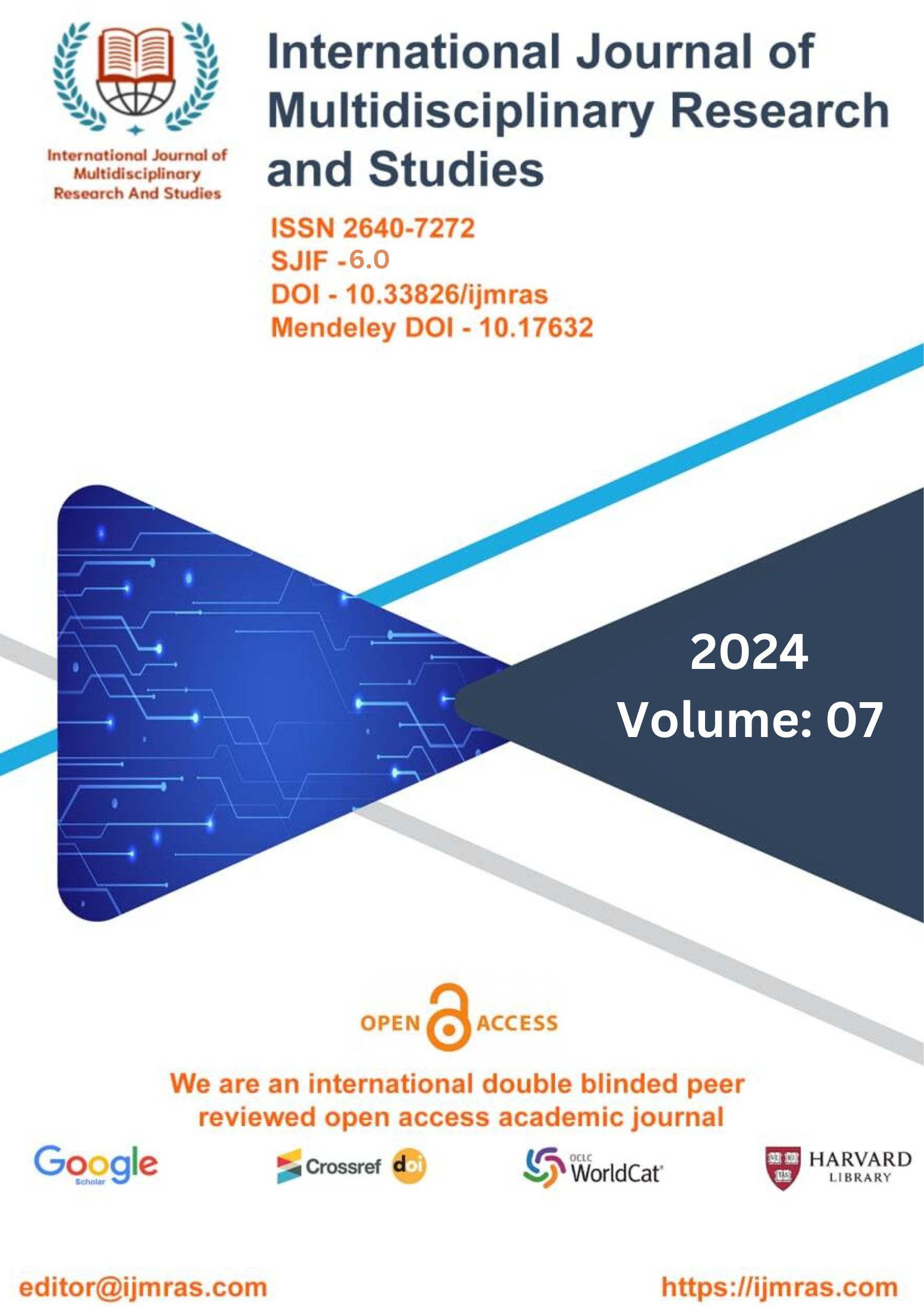


Flood "Although loss assessment and flood adaptation are becoming more important areas of study, their relationship in flood management remains largely unexplored. The effectiveness of such preventative interventions is uncertain due to the lack of information on the effects of such an interaction (Kreibich et al., 2005). Losses that are hard to put a figure on include things like human life, disruption, emotional distress, and environmental degradation. These losses aren't often factored into predictions of how much a disaster will cost, but they're important enough to warrant investigation. It is also important to remember that it is impossible to get an accurate picture of the entire extent of the effects of a natural catastrophe if one only considers the expenses of immediate losses (Bouwer, 2013). As a result, it is crucial to conduct flood loss assessment studies using dynamic response simulations in order to provide a comprehensive understanding of flood damage processes and pinpoint the weak points in flood adaptation in order to better mitigate flood damage "management.
Methods now in use "have undoubtedly helped advance our understanding of flood damage and how to best respond to it. When socioeconomic and physical hydrological changes are taking place on a global scale, calculating flood losses and modifying response tactics may be a complex process. Loss assessment and adaptive management are both worthwhile pursuits, but a dynamic decision-making process requires more systematic tweaks (adaptive management). The people and places in this area need to be viewed as part of a system, with the help of organisations that facilitate cross-scale and cross-sectoral planning, so that they may better adapt to their changing environments (Eakin et al., 2010). A thorough flood risk assessment, which may include a representation of the individual characteristics of all potentially flooded goods, is required before any flooding is done. In this case, it is important to draw on both global consensus and local knowledge. Stakeholder preferences for risk assessment indicators and assessment deliverables are crucial in this "setting, but they are often disregarded.

This work is licensed under a Creative Commons Attribution 4.0 International License.
You may also start an advanced similarity search for this article.